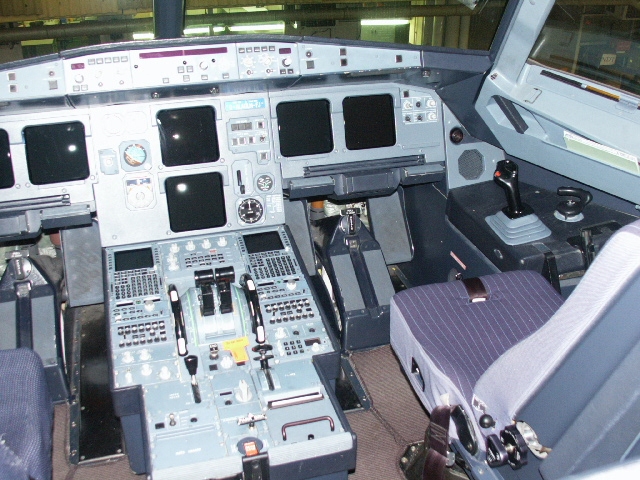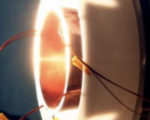
Laboratorio Fly-By-Wire
Gruppo di Ricerca
Gianpietro Di Rito
Roberto Galatolo
Development of Actuators for Aerospace Applications
- Architecture Definition
- Reliability/Safety Analysis (FHA, FTA, FMECA)
- Fault-Tolerant Systems
- Actuators Modelling, Control and Testing
- Detailed nonlinear simulation
- Control design
- Failure simulation
- Health-monitoring design
- Performance testing (control tracking, dynamic stiffness, environmental sensitivity)
Real-Time Hardware-In-The-Loop Simulation
- Virtual Iron-Bird for Fly-By-Wire Aircraft
- Complete Flight Control System model (Flight Control Computers, Actuators, Sensors)
- Low-Cost PC Network for Real-Time Simulation
- Hydraulic workbench for actuator testing
- Pilot Interface
- Self‐Powered Structural Health-Monitoring System with MFC Piezoelectric Patches
- Flight simulation (test rig in sensing/energy harvesting mode)
- Maintenance simulation (test rig in actuation mode)
Test rig for flight actuators
- Hydraulic power system (max rating: 250 bar @ 100 l/min; 45 KW)
- Pressure-controlled three-line distributor
- Bench with adjustable configuration (coupling kinematics and inertia)
- Load hydraulic actuator (max rating: 390 mm stroke; 50 kN @ 150 mm/sec)
Environmental control chamber
- Net volume: 224 litres
- Temperature range (empty): from -75 to 180 °C
- Humidity range (empty): from 10 to 98%
- Temperature rate (empty): from -2.5 to 5 °C/min
- Peak power: 9 kW (average 5.7 kW)
Test rig for piezoelectric devices
- Cantilevered laminate specimen with Macro-Fiber-Composite patches 100 x 30 mm (A)
- Deformation measurement via laser sensors (B) mounted on translational stage (C)
- CRIO embedded controller piloted via LabView interface
- Modal shaker with force or acceleration control
- High-voltage operation: from -500 to 1500 V
- High-frequency operation: from DC to 10 kHz







